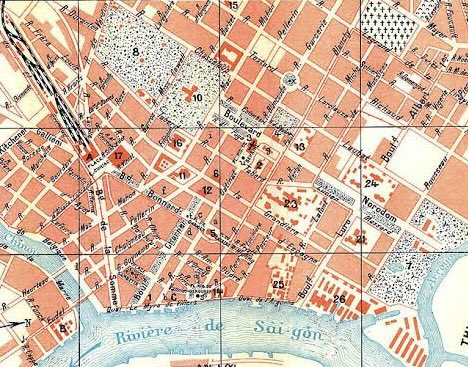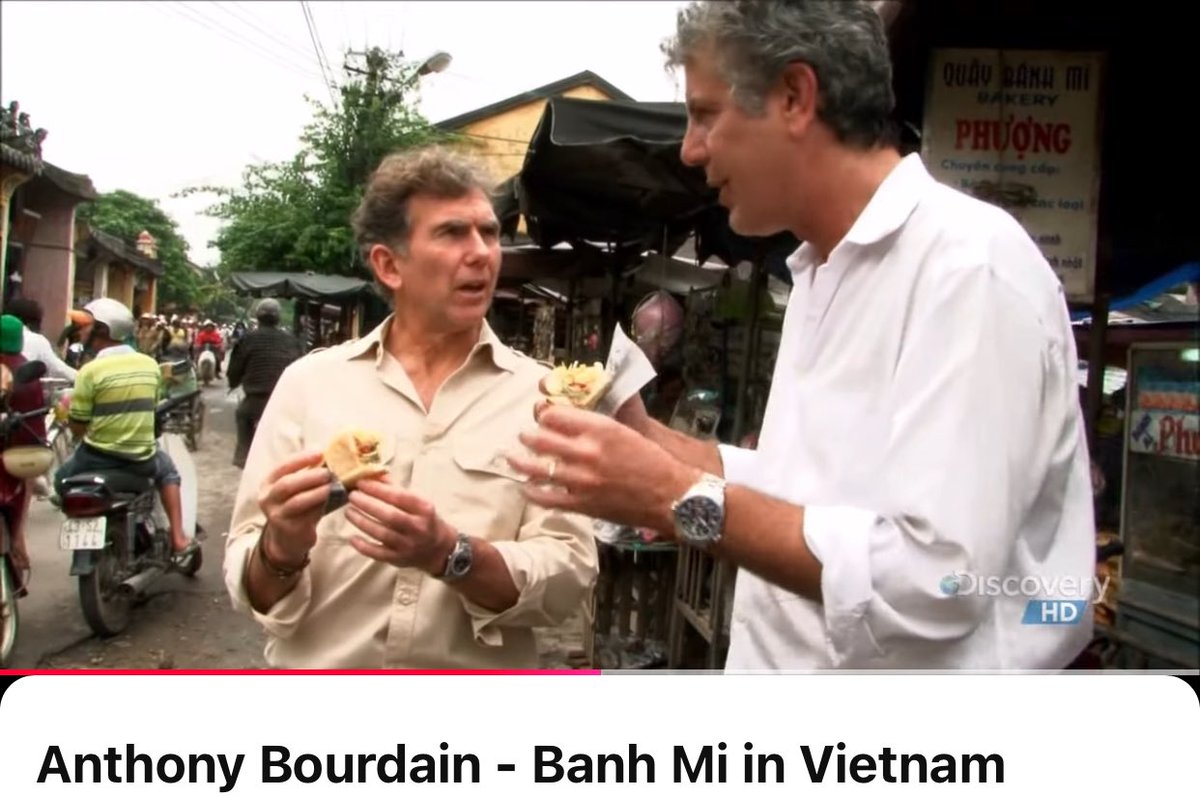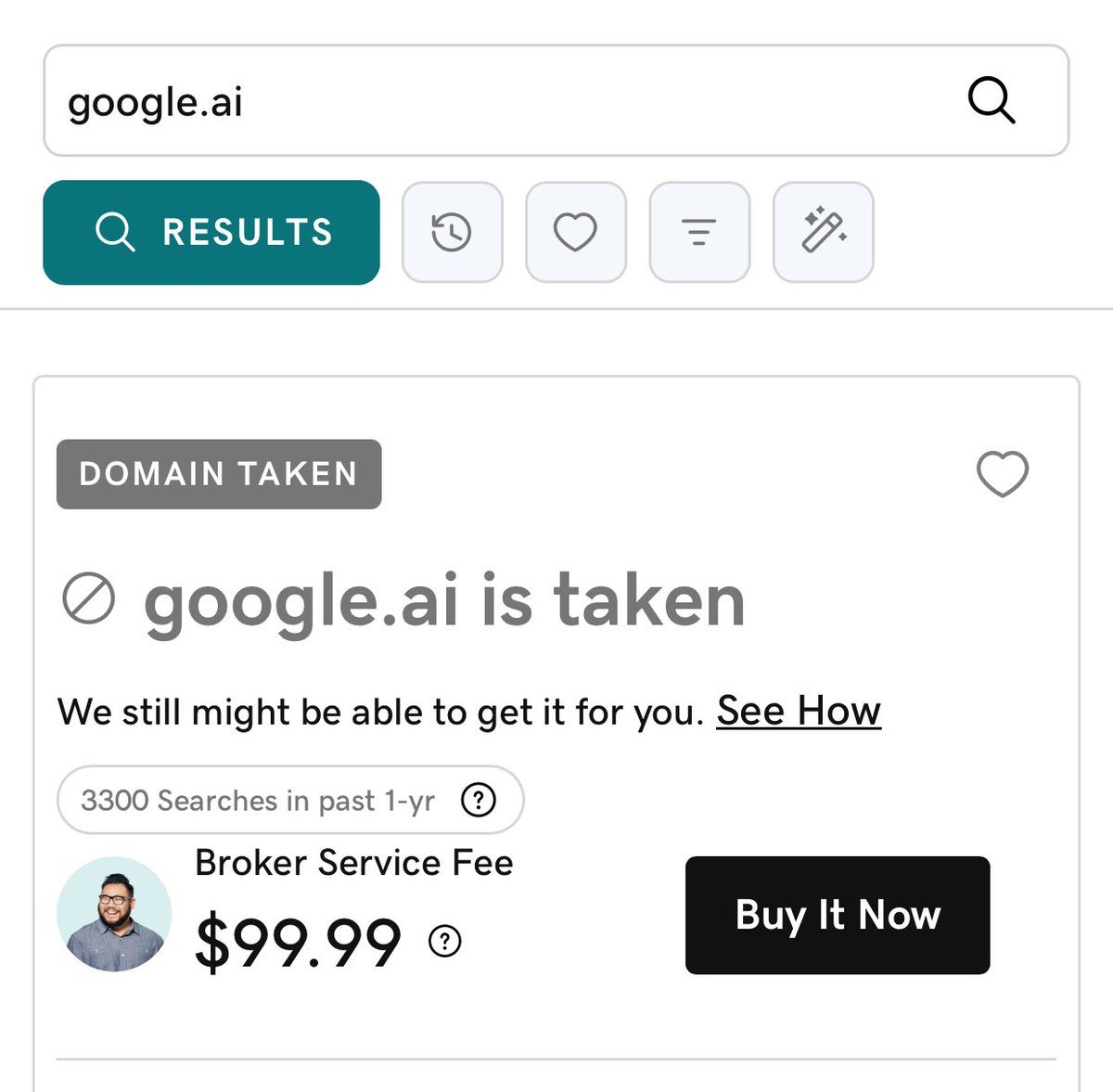ASML is the most important company you've never heard of.
The $220B Dutch firm makes the machines that make semiconductors. Each one costs $150m and access to them are a huge geopolitical flashpoint.
Here's a breakdown 🧵
The $220B Dutch firm makes the machines that make semiconductors. Each one costs $150m and access to them are a huge geopolitical flashpoint.
Here's a breakdown 🧵

What *exactly* does ASML sell?
Its key product is an extreme ultraviolet lithography (EUV) machine, which uses advanced light technology to "print" tiny circuits onto Silicon wafers.
Only ~40 are made a year and ASML has a near monopoly on the machine technology.
Its key product is an extreme ultraviolet lithography (EUV) machine, which uses advanced light technology to "print" tiny circuits onto Silicon wafers.
Only ~40 are made a year and ASML has a near monopoly on the machine technology.
You def know ASML's main clients: Intel, Samsung and Taiwan Semiconductor Manufacturing Co. (TSMC).
They need EUV to keep Moore's Law ("# of transistors on microchips doubles every 2 years") alive and continue to advance computing.
Total ASML sales in 2021 = ~$20B.
They need EUV to keep Moore's Law ("# of transistors on microchips doubles every 2 years") alive and continue to advance computing.
Total ASML sales in 2021 = ~$20B.

The ASML story begins in 1984, as a joint venture between Dutch conglomerate Philips and an electronics maker called Advanced Semiconductor Materials Int.
The project had a very humble start: it was launched in a shed behind a Philip's building in Eindhoven, Netherlands.
The project had a very humble start: it was launched in a shed behind a Philip's building in Eindhoven, Netherlands.

The venture's first product was called the PA 2000 stepper (think a slide projector "projecting" designs on silicon).
For years, the product failed to make headway against leading Japanese competitors (Nikon, Canon) and, in 1990, ASML was spun out as its own company.
For years, the product failed to make headway against leading Japanese competitors (Nikon, Canon) and, in 1990, ASML was spun out as its own company.

ASML scored its 1st hit product in 1991, giving it momentum to IPO in 1995.
Soon after, it acquired a # of US lithography firms and -- by the end of 1990s -- it had comparable market share to Nikon and Canon.
From there, ASML made 2 big bets that separated it from the pack.
Soon after, it acquired a # of US lithography firms and -- by the end of 1990s -- it had comparable market share to Nikon and Canon.
From there, ASML made 2 big bets that separated it from the pack.

Both bets were made to keep up with Moore's law.
First: In 2006, ASML released its TWINSCAN system using immersion lithography (it utilizes water as lens to shrink the laser's wavelength = more circuits on chip).
It was ASML's first market-leading product.
First: In 2006, ASML released its TWINSCAN system using immersion lithography (it utilizes water as lens to shrink the laser's wavelength = more circuits on chip).
It was ASML's first market-leading product.

Also in the mid-2000s, ASML started spending huge R&D on EUV technology.
It was a massive risk, though: EUV lithography would require Samsung, Intel and TMSC to completely rebuild and redesign their fabrication plants.
From 2008-14, ASML put $5B+ into EUV research.
It was a massive risk, though: EUV lithography would require Samsung, Intel and TMSC to completely rebuild and redesign their fabrication plants.
From 2008-14, ASML put $5B+ into EUV research.

The science behind EUV was established in the late 1980s. It was a US-led effort between the Dept. of Energy and industry (e.g. AMD, IBM, Intel).
ASML licensed EUV tech in 1999. Canon elected not to pursue it due to financial problems while Nikon chose to develop older tech.
ASML licensed EUV tech in 1999. Canon elected not to pursue it due to financial problems while Nikon chose to develop older tech.

How EUV works today:
◻️ A tin droplet drops into a vacuum
◻️ It's pulsed by a high-power laser
◻️ Tin atoms are ionized, creating plasma
◻️ A mirror captures EUV radiation emitted by plasma
◻️ Mirror transfers EUV to wafer (wavelength=13.5 nanometers, basically X-ray level)
◻️ A tin droplet drops into a vacuum
◻️ It's pulsed by a high-power laser
◻️ Tin atoms are ionized, creating plasma
◻️ A mirror captures EUV radiation emitted by plasma
◻️ Mirror transfers EUV to wafer (wavelength=13.5 nanometers, basically X-ray level)
The potential of EUV was so great that Intel, Samsung and TMSC -- all competitors -- jointly acquired 23% of ASML.
Intel put up the most: €2.5B for a 15% share (today, the firms have sold down most their stakes).
The first production-ready EUV machine was released in 2016.
Intel put up the most: €2.5B for a 15% share (today, the firms have sold down most their stakes).
The first production-ready EUV machine was released in 2016.

Why are EUVs so expensive?
ASML plays a role similar to Boeing for airplanes (also $100m+ products): it's an integrator of 4750 global high-value parts suppliers:
◻️Tooling equipment (US)
◻️Chemicals (Japan)
◻️Lens (Germany)
(Nikon/Cannon do most production in-house)
ASML plays a role similar to Boeing for airplanes (also $100m+ products): it's an integrator of 4750 global high-value parts suppliers:
◻️Tooling equipment (US)
◻️Chemicals (Japan)
◻️Lens (Germany)
(Nikon/Cannon do most production in-house)

Why can ASML only make ~40 EUVs a year? Each take 12-18 months and it has to:
◻️Co-ordinate 1k+ suppliers (hard to do, like plane manufacturing)
◻️Each EUV is custom (30+ variables to choose from)
◻️Long lead times (speciality parts like the Zeiss lens takes 40 weeks to produce)
◻️Co-ordinate 1k+ suppliers (hard to do, like plane manufacturing)
◻️Each EUV is custom (30+ variables to choose from)
◻️Long lead times (speciality parts like the Zeiss lens takes 40 weeks to produce)

The delivery process is nuts, too:
◻️Each EUV weighs 180 tons
◻️A disassembled EUV takes up to 40 shipping containers
◻️Shipping it (mostly to Asia) takes 20 trucks and 3 Boeing 747s
◻️ASML teams must be on-the-ground to maintain them
◻️The minimum spend to house EUVs is $1B
◻️Each EUV weighs 180 tons
◻️A disassembled EUV takes up to 40 shipping containers
◻️Shipping it (mostly to Asia) takes 20 trucks and 3 Boeing 747s
◻️ASML teams must be on-the-ground to maintain them
◻️The minimum spend to house EUVs is $1B
In 2021, ASML shipped 268 DUVs and 42 EUVs (only 140 ever have been sold) -- this is ~90% of the semi lithography industry.
ASML has a $50B+ order backlog and its nearest competitors are a decade behind the EUV tech. Meanwhile, it’s already working on the next-gen (High NA-EUV).
ASML has a $50B+ order backlog and its nearest competitors are a decade behind the EUV tech. Meanwhile, it’s already working on the next-gen (High NA-EUV).

With chips needed in everything (data centres, AI, autos, mining), semis are the OIL of the 21st century.
The US has even blocked Dutch exports of EUV-licensed tech to China. As the Tech Cold War heats up, expect to hear more of ASML: the $220B+ giant that started in a shed.
The US has even blocked Dutch exports of EUV-licensed tech to China. As the Tech Cold War heats up, expect to hear more of ASML: the $220B+ giant that started in a shed.

If you enjoyed that:
1. Follow @TrungTPhan for smart threads 1-2x a week
2. Check out my Saturday newsletter that does similar deep dives on business and tech topics
trungphan.substack.com
1. Follow @TrungTPhan for smart threads 1-2x a week
2. Check out my Saturday newsletter that does similar deep dives on business and tech topics
trungphan.substack.com
Sources
NYT: nytimes.com/2021/07/04/tec…
Wired: wired.com/story/asml-ext…
CNBC:
YouTube series from Asianometry is GREAT:
Pt 1.
Pt 2.
NYT: nytimes.com/2021/07/04/tec…
Wired: wired.com/story/asml-ext…
CNBC:
YouTube series from Asianometry is GREAT:
Pt 1.
Pt 2.
Here’s a sped-up video showing the entire ASMl design and delivery process. Bonkers.
🔗
🔗
Perhaps the most insane fact of ASML’s EUV machine: “The technology is theoretically precise enough to hit your thumb with a laser pointer from the moon.”
🔗 protocol.com/amp/intel-euv-…
🔗 protocol.com/amp/intel-euv-…

• • •
Missing some Tweet in this thread? You can try to
force a refresh



















